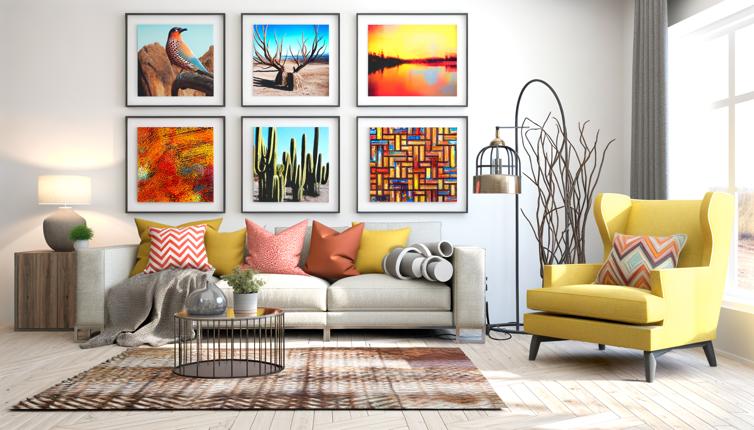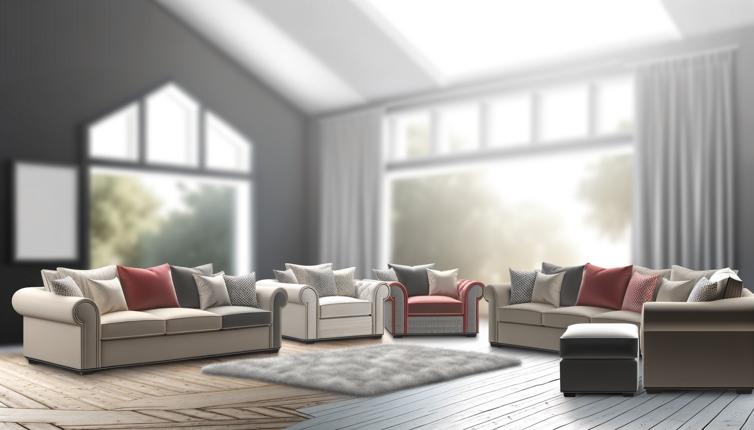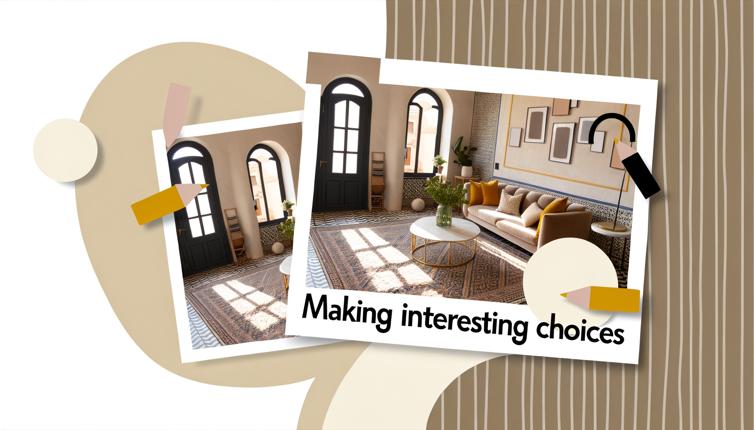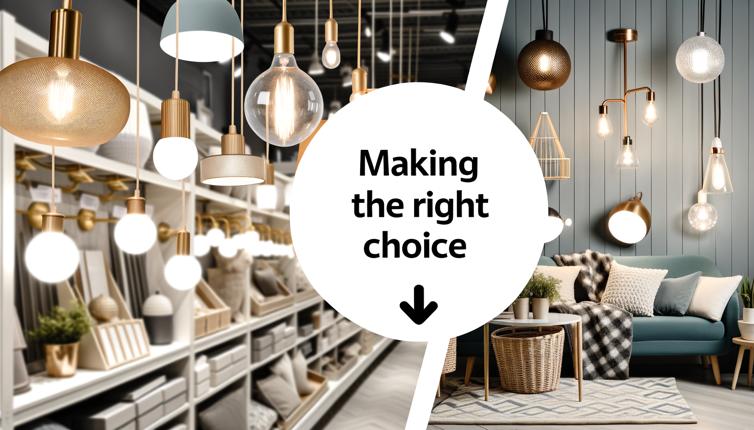Understanding Your Space
Before you begin selecting artwork, take some time to understand the space you're working with. Consider the size, shape, and layout of your walls, as well as the overall style and design of the room. This will help you determine the appropriate size and style of artwork that will complement your space.,Additionally, take note of the existing color palette and decor in the room. You want your artwork to harmonize with the overall aesthetic, whether that means matching or providing a striking contrast.
Choosing the Right Size
The size of the artwork you choose should be proportionate to the size of the wall and the surrounding furniture. As a general rule of thumb, aim for artwork that takes up approximately two-thirds to three-fourths of the wall space.,In a smaller room, an oversized piece of art can create a dramatic focal point, while in larger spaces, a gallery wall or a combination of smaller artworks can add visual interest. Take measurements before making a purchase to ensure the artwork fits perfectly.
Considering the Style
The style of the artwork should be in harmony with the overall style of the room. Consider the existing decor and choose artwork that complements it. For example, if your space has a contemporary design, opt for abstract or minimalist artwork. On the other hand, if you have a traditional or vintage-inspired room, landscape or portrait paintings might be more suitable.,Don't be afraid to mix and match styles for an eclectic look, but make sure there is a cohesive element that ties everything together.
Finding the Right Color Palette
When choosing artwork, consider the color palette of the room. If you want the artwork to blend in, select pieces that feature similar colors or tones. This creates a sense of harmony and cohesiveness.,Alternatively, you can choose artwork that provides a pop of color and acts as a focal point within the room. This can add energy and visual interest to the space. Look for artwork that features complementary or contrasting colors to make a bold statement.
Personal Expression and Connection
Artwork is a reflection of your personal taste and style, so choose pieces that resonate with you on a deeper level. Look for artwork that evokes emotion or connects with your personal experiences and interests.,Consider supporting local artists or exploring different art mediums to add unique and personal touches to your home. Displaying artwork that holds personal meaning can create a more intimate and personalized space.
Conclusion
Choosing the right artwork for your home's walls is a creative and exciting process. By understanding your space, considering size, style, and color, and prioritizing personal expression and connection, you can curate a collection of artwork that enhances your living environment and brings joy and inspiration to your everyday life.









